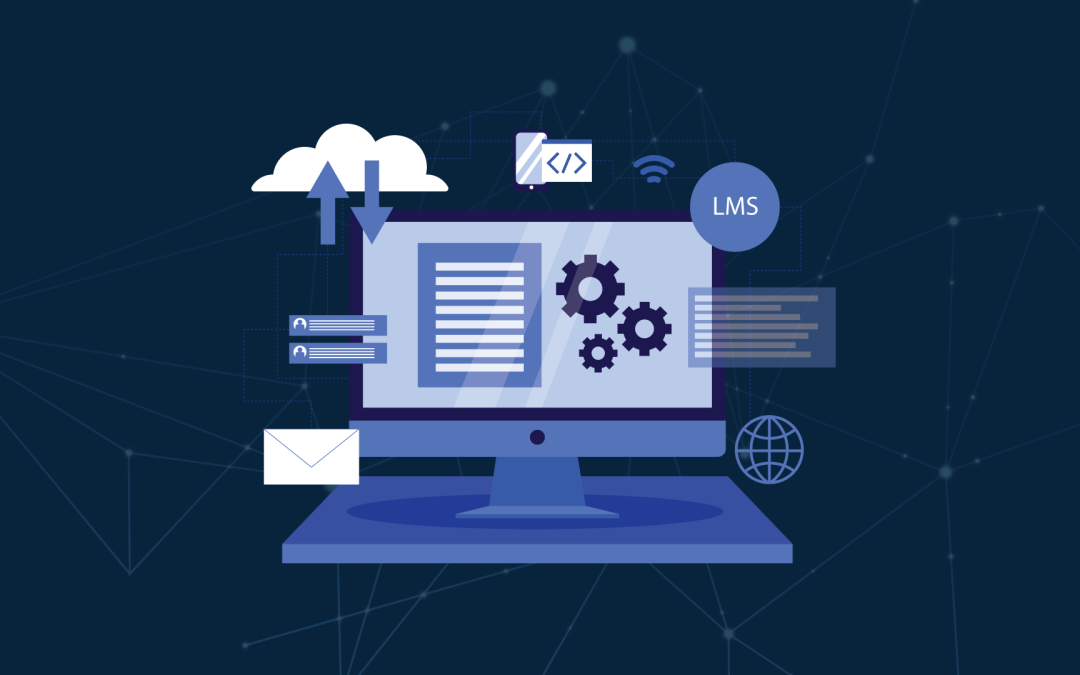In today’s digital era, education is being revolutionized by the integration of technology. Computer-Assisted Instruction (CAI) has emerged as a valuable approach, empowering educators to create interactive and engaging learning experiences for their students. To facilitate the development of effective CAI programs, a range of powerful tools have been devised. In this blog, we will explore some of the top tools used for designing computer-assisted instruction, enabling educators to harness the full potential of technology in the classroom.
Learning Management Systems (LMS)
Learning Management Systems are versatile platforms that facilitate the organization, delivery, and tracking of educational content. They provide educators with a centralized location to create, manage, and distribute instructional materials. Popular LMS options such as Canvas, Blackboard, and Moodle offer features like course management, content creation, assessment tools, and student progress tracking. These systems ensure seamless communication between teachers and students while promoting collaborative learning. LMS platforms provide a robust foundation for designing and delivering computer-assisted instruction.
Learning Content Management Systems (LCMS)
LCMS are similar to Learning Management Systems (LMS) but with a specific focus on content creation and management. LCMS platforms, such as Xyleme and dominKnow, provide educators with powerful authoring capabilities to create and organize learning content. These tools offer features like content reuse, version control, and collaboration, allowing educators to efficiently create and update instructional materials. LCMS platforms integrate with LMS systems, providing a seamless workflow for content delivery and tracking.
Authoring tools
Authoring tools are software applications that allow educators to create interactive and multimedia-rich learning content without extensive programming knowledge. These tools often employ drag-and-drop interfaces and templates, making it easy to develop engaging instructional materials. Notable authoring tools include Articulate Storyline, Adobe Captivate, and Lectora. These tools enable the creation of interactive presentations, quizzes, simulations, and branching scenarios. Educators can incorporate multimedia elements, such as videos, audio, and images, to enhance the learning experience. Authoring tools greatly enhance the learner’s engagement and facilitate personalized learning experiences.
Multimedia creation and graphics software
Multimedia elements play a crucial role in capturing learners’ attention and enhancing comprehension. Various multimedia creation tools enable educators to develop visually appealing and interactive content. Tools like Adobe Creative Cloud (including Photoshop, Illustrator, and Premiere Pro) offer comprehensive multimedia editing capabilities. These software applications allow educators to create and edit images, videos, and animations. Additionally, screen recording software like Camtasia and Screencast-O-Matic allows educators to create video tutorials and demonstrations, promoting active learning. By incorporating multimedia elements, educators can deliver information in a more engaging and digestible format, enhancing the effectiveness of computer-assisted instruction.
Virtual Reality (VR) and Augmented Reality (AR) tools
VR and AR technologies have gained significant momentum in education. These tools provide immersive experiences, allowing students to interact with virtual objects and environments. Applications like Nearpod, ClassVR, and Google Expeditions offer pre-designed VR and AR lessons across various subjects. Educators can also create their own VR and AR content using tools like Unity, CoSpaces, and Aurasma. Incorporating virtual and augmented reality in CAI can foster experiential learning and a deeper understanding of complex concepts. Students can explore historical sites, conduct virtual experiments, or visualize abstract concepts in a more tangible way. These tools provide a unique and engaging learning experience that enhances student motivation and knowledge retention.
Gamification platforms
Gamification has proven to be an effective strategy for boosting student motivation and engagement. Gamification platforms like Kahoot!, Quizizz, and Classcraft offer interactive quizzes, leaderboards, and rewards systems. These tools transform learning into a fun and competitive experience, encouraging active participation and knowledge retention. Educators can create customized quizzes and games aligned with their instructional goals, making the learning process enjoyable and interactive. By incorporating gamified elements into CAI, educators can create an enjoyable learning environment that motivates students to excel.
Takeaways
As technology continues to advance, the tools available for designing computer-assisted instruction become increasingly sophisticated. Learning Management Systems, authoring tools, multimedia creation software, virtual reality and augmented reality applications, and gamification platforms all contribute to the creation of engaging and effective learning experiences. By leveraging these tools, educators can tailor instruction to individual learner needs, foster active participation, and promote a deeper understanding of the subject matter. As we embrace the digital revolution in education, the power of these tools opens up exciting possibilities for transforming the learning landscape and preparing students for a future driven by technology.

